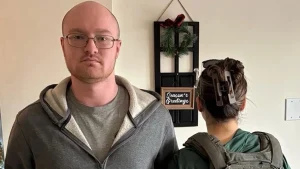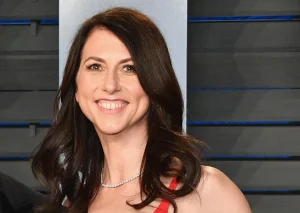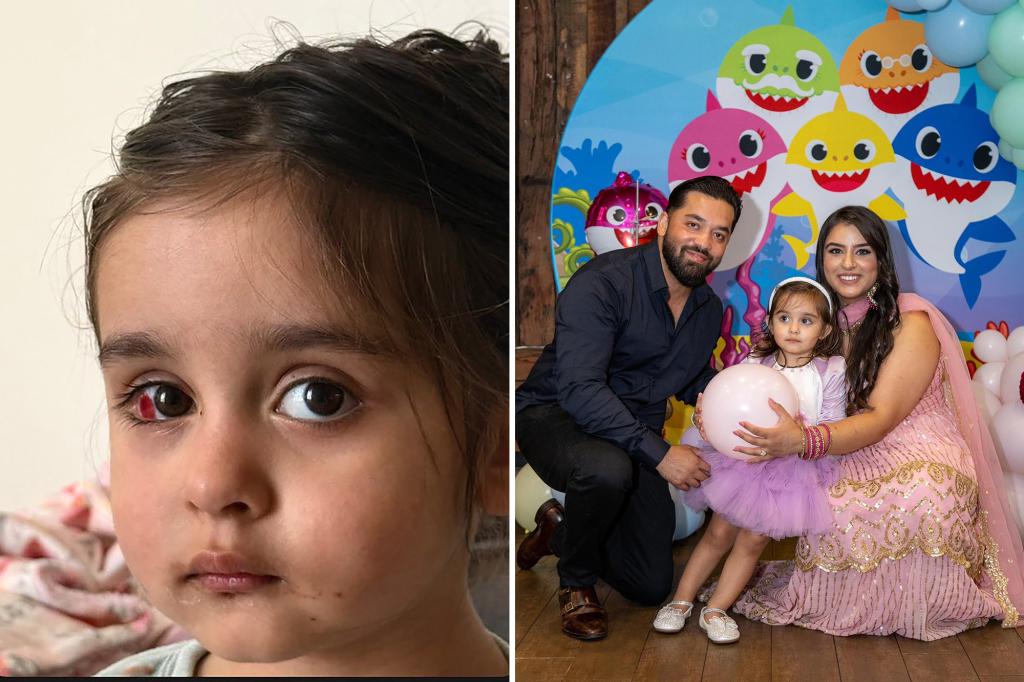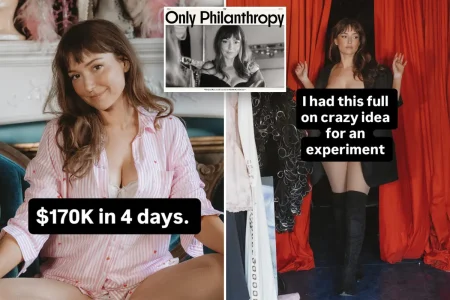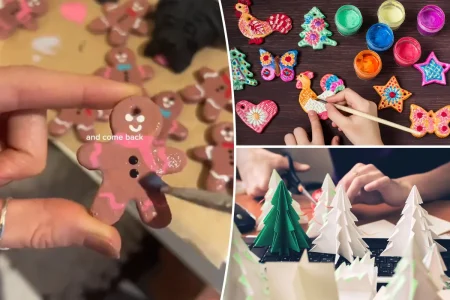A Mother’s Quest for Retail Safety: The Near-Tragedy That Sparked a Movement
In a bustling shopping center in western Sydney, what began as a routine shopping trip turned into a nightmare that could have changed a young family’s life forever. Maureen Ahluwalia was visiting Blacktown Westpoint shopping center with her two-year-old daughter Amaira and her sister-in-law on July 8 when an ordinary moment transformed into a terrifying emergency. Amaira, walking beside her mother as she typically did, suddenly turned and was struck in the eye by a protruding rack hook in a store. The horror of the moment was palpable as Maureen described seeing her daughter’s eyelid turned inside out and blood flowing from her eye. In those first frantic moments, maternal instinct kicked in as Maureen tried to calm her screaming child while assessing the severity of the injury. Thanks to quick thinking from her sister-in-law, they rushed to a nearby Specsavers where staff immediately examined the toddler. The family received the relieving news that Amaira had narrowly escaped permanent damage – the hook had missed her cornea by less than a millimeter. Had the angle been slightly different, the outcome could have been permanent vision impairment or complete blindness. The close call left Maureen shaken but grateful that her daughter’s story wouldn’t become another tragedy.
The aftermath of the incident revealed a concerning pattern in how retail establishments respond to such accidents. Despite repeated attempts to contact Harris Scarfe where the incident occurred, Ahluwalia received only a cursory call from their risk management team nearly a week later. The store declined to provide CCTV footage and showed little interest in reviewing their display practices or hook designs. “They weren’t interested in looking into why this happened or if we need to change our hooks or anything… it wasn’t a priority for them,” Maureen recalled with disappointment. While Amaira eventually recovered from her injury, which had resulted in a blood clot, the experience prompted her mother to research similar incidents. What she discovered was alarming – this wasn’t an isolated case but rather part of a troubling trend affecting children in retail environments across Australia. The realization transformed Maureen from a concerned parent into an advocate for change in retail safety standards.
Maureen’s research revealed that some major retailers had already acknowledged this danger and taken preventative measures. Kmart, Target, and Rebel Sport had responded to similar incidents back in 2020 by adding soft rubber or plastic covers to the ends of their apparel hooks. However, these changes weren’t universal across the retail industry, and many stores still featured potentially dangerous metal hooks at heights easily accessible to young children. This inconsistency in safety standards raised an important question that became central to Maureen’s advocacy: “Why are we not doing more? And why do these hooks still exist at toddler height?” The question gained urgency as she discovered cases where children had suffered permanent vision damage or required hospitalization from similar incidents. “That’s when I knew this is a real problem,” she explained. “This is not a parent’s fault. It’s beyond that.” The pattern of injuries pointed to a systemic issue in retail design that prioritized display efficiency over child safety.
Determined to create meaningful change, Maureen launched a New South Wales parliamentary petition to adjust safety standards for retail fixtures throughout Australia. Her initiative has gained support from Labor MP Stephen Bali, who represents Blacktown and has agreed to present the petition in parliament once it reaches the required 20,000 signatures. This formal approach represents an attempt to address the issue through regulatory channels, potentially creating industry-wide standards rather than relying on voluntary compliance by individual retailers. The petition reflects Maureen’s transformation from victim to advocate, channeling her traumatic experience into a constructive push for change that could protect countless children from similar injuries. Her campaign exemplifies how personal trauma can catalyze broader social advocacy when individuals recognize that their experiences reflect systemic problems rather than isolated incidents.
Despite the clear dangers posed by these common retail fixtures, Maureen’s campaign has faced criticism from some who believe the responsibility lies solely with parents. Social media responses to her story included comments like “Keep your kids in the car. A lot safer there” and “Preventable with a parent doing their job.” These reactions reflect a common tendency to blame parents rather than examining how environments could be designed to be inherently safer for children. Maureen has firmly defended her position against these criticisms, comparing retail safety measures to other accepted child safety standards: “It’s the same as having a fence around the pool. Why do we do that? Why do we have booster seats for kids? These are all safety measures to prevent what can possibly happen.” Her argument cuts to the heart of preventative safety design – acknowledging that accidents can happen even with vigilant supervision and that environments should be designed to minimize potential harm.
What makes Maureen’s advocacy particularly compelling is her clear focus on prevention rather than compensation. “This is not about paying attention to your kids. My daughter was two steps away from me,” she explained, highlighting how quickly accidents can occur even with attentive parenting. She has consistently emphasized that her goal is systemic change rather than personal gain: “I’d never spoken about compensation, it’s not something I’m interested in. But no money could ever bring back my daughter’s eye if she had lost it.” This sentiment captures the essence of her campaign – no amount of after-the-fact remediation can undo permanent injuries, making preventative measures all the more crucial. Maureen’s story represents a mother’s determination to transform a near-tragedy into meaningful change, challenging retailers and regulatory bodies to prioritize the safety of their youngest visitors. As her petition gains traction, it stands as a reminder that public spaces should be designed with consideration for all who use them, including those who may be most vulnerable to overlooked hazards. Through her advocacy, this western Sydney mother hopes to ensure that other families won’t have to experience the fear and trauma that her family endured on what should have been an ordinary shopping trip.
